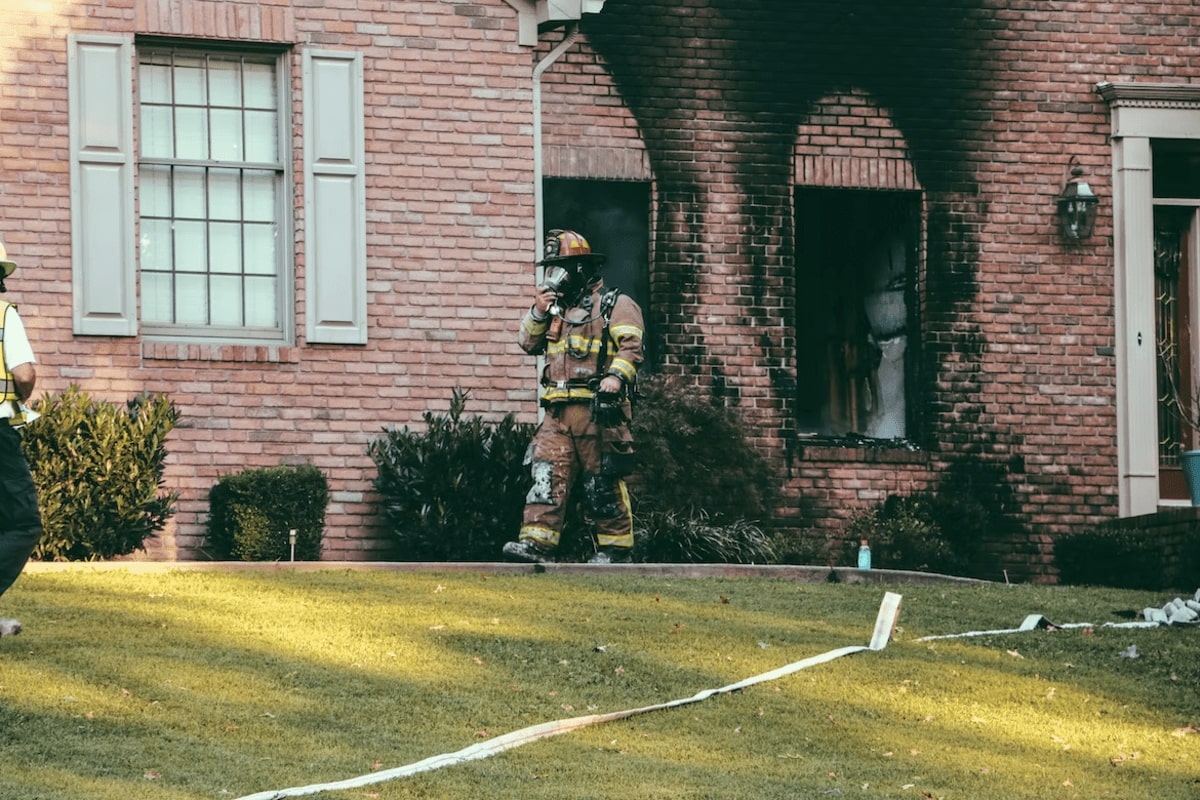
A house fire is daunting, and the aftermath can feel overwhelming. After emergency services leave, your brain is swirling. What needs to be done? Where do you start? Who do you call?
To help put you on the right path and calm your nerves, let’s talk about everything you should know about smoke and fire damage restoration.
In this article, we’ll cover:
- Assessing the Damage
- Immediate Steps to Take
- Working With Your Insurance Company
- Understanding Professional Restoration Services
- Cost of Professional Services
- Cleaning Up Smoke Damage Yourself
- FAQ
Assessing the Damage
A fire can affect the structural integrity of your home in ways that aren’t visible to the untrained eye. Because of this, the first step in assessing the property damage should be done by a trained inspector.
IMPORTANT: Do not enter the structure until it’s deemed safe.
An inspector will look at the exterior of the building and closely examine it for signs of damage, including the foundation. Once the home is deemed safe to enter, they move indoors to the basement (if you have one) to check the interior foundation and structural integrity of load-bearing walls. The inspector will also check the wiring for damage.
NOTE: Significant damage to the foundation, critical structural components, or electrical system has to be addressed and fixed immediately before other restoration work starts.
After completing the structural damage assessment, it’s time to assess the superficial damage. You will likely have damage from the fire, but you may also have smoke and water damage.
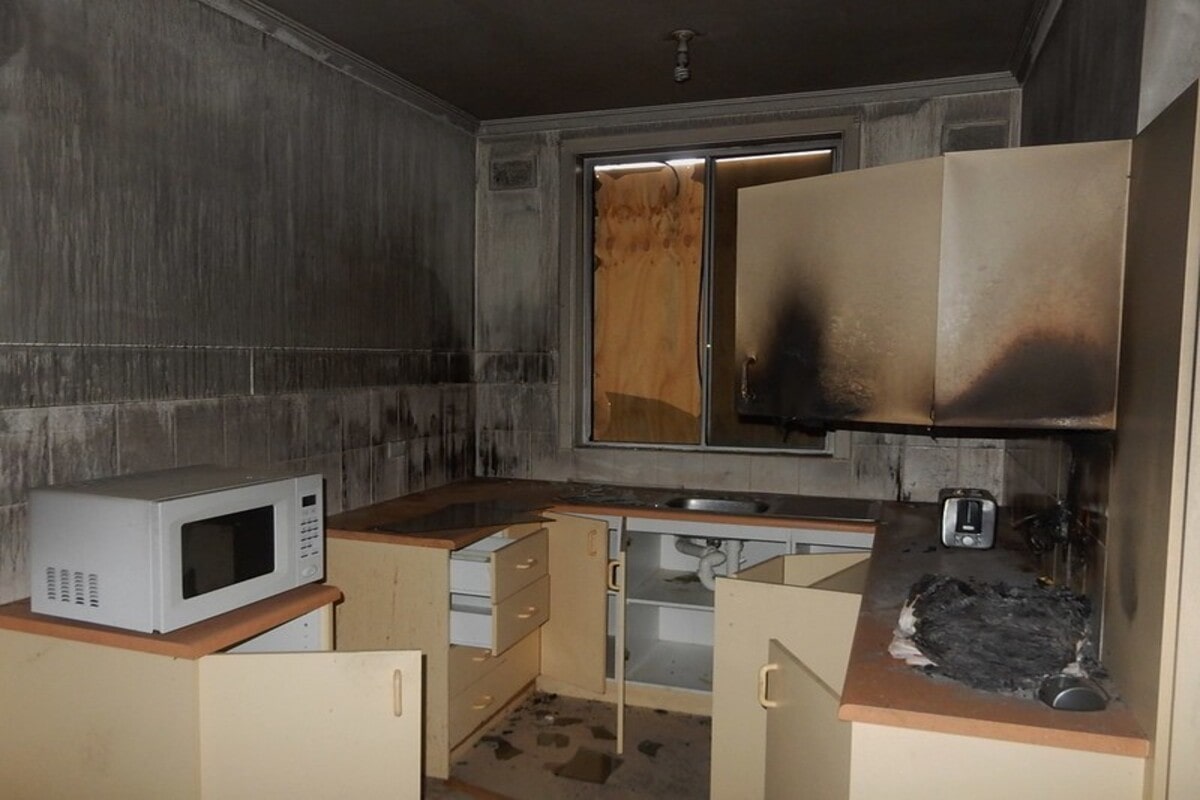
Trying to comprehend everything is overwhelming. When assessing the extent of the damage, it is helpful to walk from room to room and take video for reference. Note what rooms are the worst and if there are areas with little to no visible damage.
Immediate Actions to Take
Once you have an idea of the smoke and fire damage, you need to immediately contact your insurance company. Many insurance companies require you to contact them within a specific period after a loss occurs. And it’s essential to follow the correct steps to avoid defaulting on your policy.
A customer service representative will discuss your policy coverage, open a claim, and assign you an adjuster. Most policies cover the repair of structural damages, water damage, and professional cleaning or restoration. Some policies may cover temporary shelter if your home is unlivable.
When calling your insurance, have the following information on hand:
- Policy number
- Date of fire
- All persons involved
- Any related injuries
- Types of damage
- Location of damage
- Condition of the home
- Fire Department or Police Department report
You’ll exchange many emails and documents throughout the claims process with your insurance company. Document everything and keep everything organized in a binder or other file system.
At this point, contact a fire damage restoration company if you are using one. Many restoration companies will look at your home immediately, free of charge.
Soot is acidic, and prolonged exposure increases repair costs. Restoration professionals are ready to start the cleanup process as soon as you contact them.
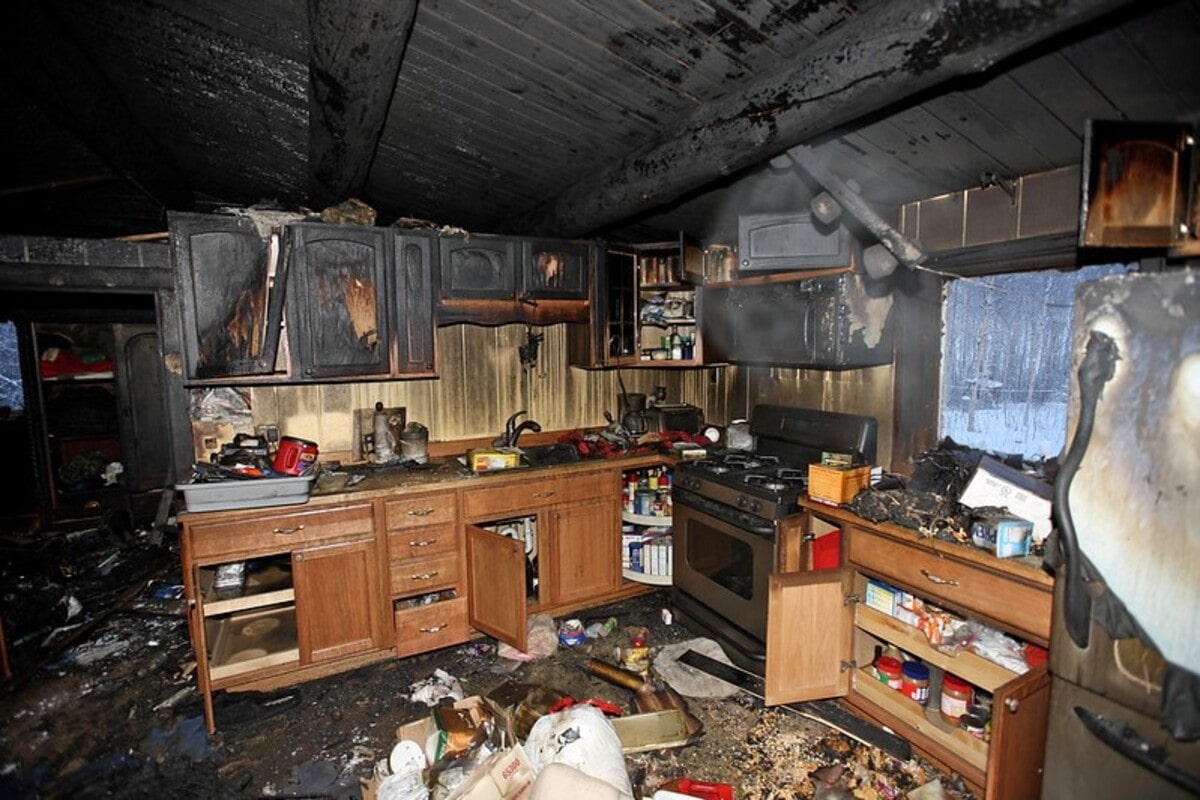
When you get the “all-clear” to enter the property:
- Remove any valuables that don’t appear to be damaged.
- If the temperature is suitable, ventilate the house. Open the windows and doors and set up fans to pull the polluted air out. Keep doors to any unaffected rooms closed.
- Discard open food packages.
- If the electricity is off, clean out the fridge and prop it open.
Do not:
- Touch anything with your bare hands
- Wash walls
- Try to clean upholstered furniture or carpets
- Use electrical appliances until they are checked
- Use overhead lights if the ceiling is wet
Understanding Your Insurance Coverage
Basic homeowners insurance policies cover smoke and fire damage if the fire is accidental. Your exact coverage depends on the policy, but you should have dwelling and personal property coverage at a minimum.
- Dwelling coverage helps pay for the repairs to your home (minus your insurance deductible) in the event of structural damage.
- Personal property coverage covers the things inside that are damaged or ruined up to your coverage limit. There may be sub-limits on valuables such as artwork and jewelry.
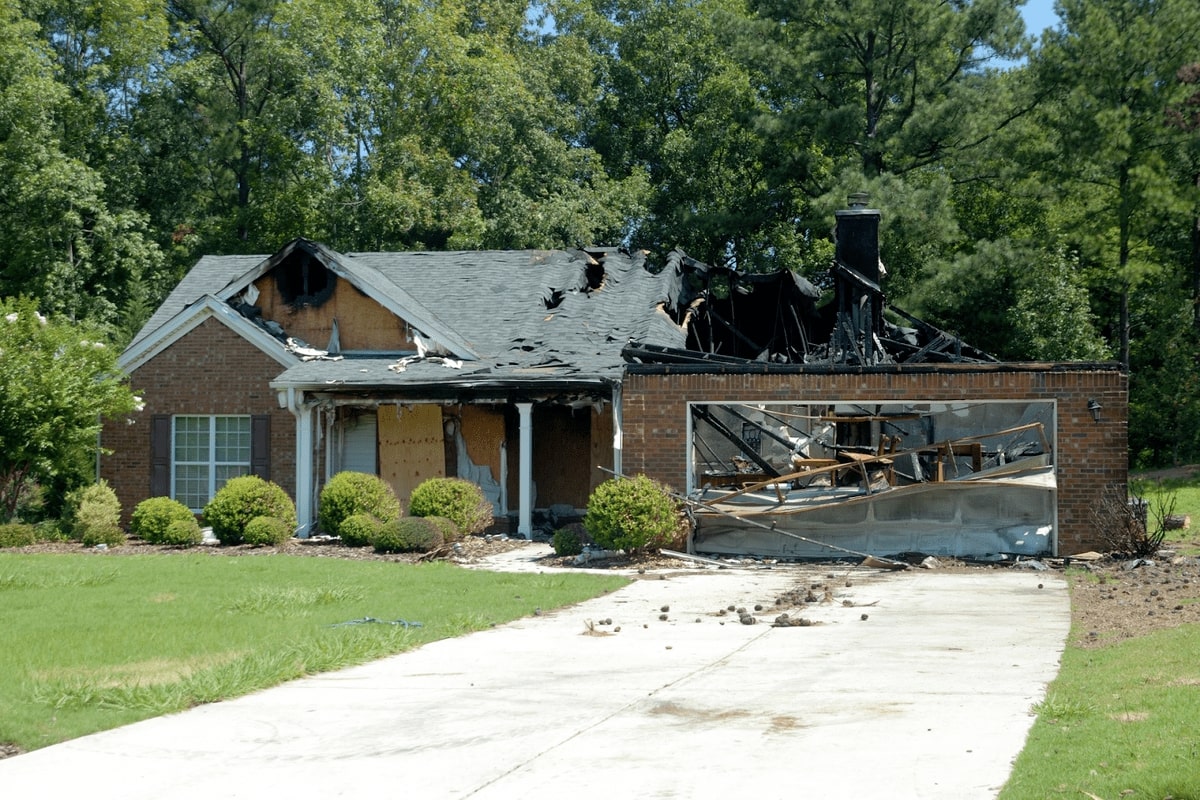
Some policies may also include loss of use coverage. In the event your home is unlivable, this coverage can help pay for living expenses such as a hotel or short-term rental, food, etc.
What Kinds of Fires Are Covered?
Your homeowner’s policy doesn’t only cover a fire that originates within your house. It will cover smoke damage from a neighbor’s fire and may also cover the damage caused by wildfires. Wildfire coverage depends on the insurance company and where you reside.
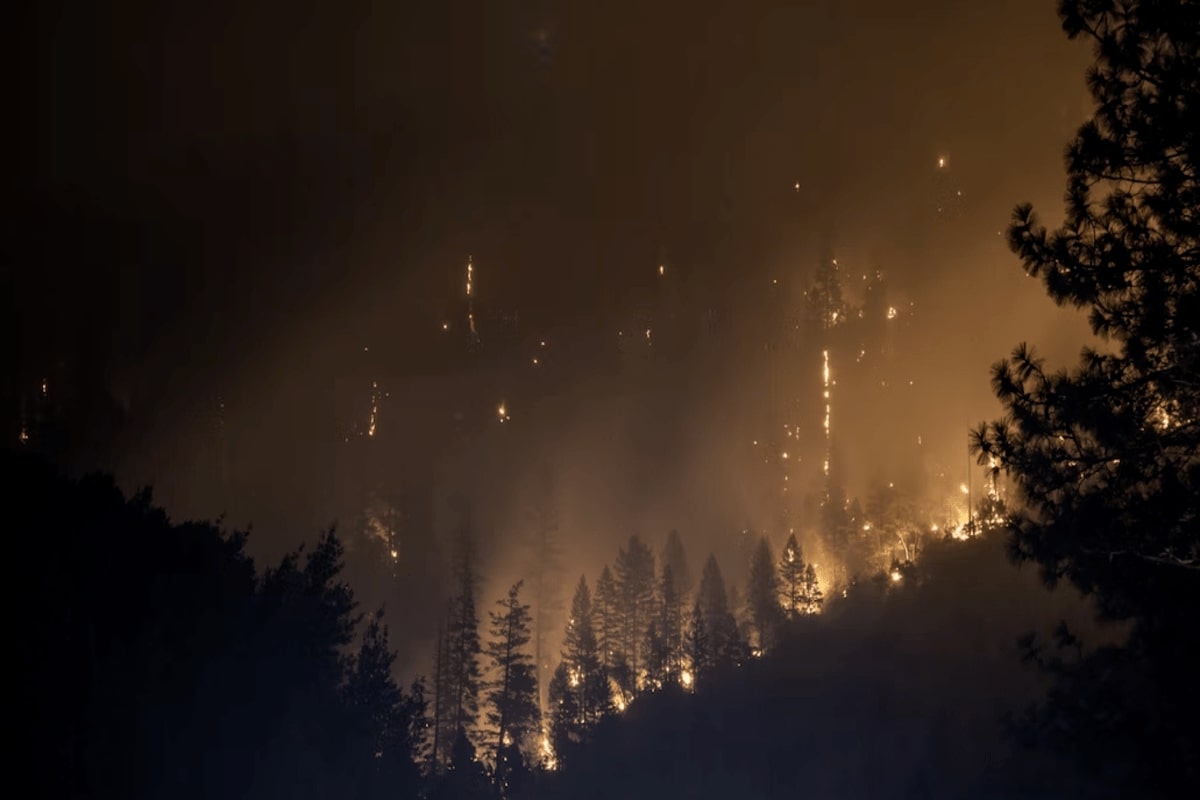
Insurance will not cover a fire claim if anyone named on the policy, including yourself, started the fire purposely. Intentional acts are never covered.
Understanding Professional Restoration Services
Some people think they can DIY almost any project, but remember that this type of work is best left to the professionals. If you aren’t careful, you can easily cause further damage to your home and risk your health.
- You can inadvertently contaminate unaffected areas with soot particles or force soot or ash into porous surfaces like plaster, carpets, and upholstery. Professional crews are trained in the proper cleaning methods for soot removal.
- Soot and ash can also have lifelong, adverse effects on your health. Professional remediation or restoration crews have specialized personal protection devices and equipment to protect them against smoke residue in your home.
What to Expect
A professional mitigation company will visit your home and thoroughly inspect the damage. After an inspection, they’ll write up an estimate detailing the cost and scope of work for the restoration.
The fire damage restoration process will include smoke damage restoration and water damage restoration. Some fire damage restoration services will also prevent any further problems from occurring by tarping holes in the roof, and they may board up windows, too.
They won’t begin interior work until the structural damage is fixed. Restoration projects typically start with cleaning up standing water and removing debris. The project also includes:
- Fixing and replacing drywall.
- Removing soot residue to prevent discoloration and corrosion.
- Deodorizing the home.
- Taking textiles and garments for dry cleaning.
- Mold remediation.
Throughout the process, they will also coordinate with the adjuster(s) from your insurance company, helping resolve any insurance issues.
Choosing a Restoration Company
Your safest bet is to find a business with certified Fire and Smoke Damage Restoration Technicians. Certification means they follow ANSI standards set forth by the IICRC so you can be assured the methods they use are the best and most effective.
You can also check customer satisfaction ratings through the Better Business Bureau, Google, and Yelp.
What is Salvageable?
Smoke damage mitigation companies can clean and restore furniture, clothing, textile items, and electronics after they’re damaged by smoke. Unfortunately, some things aren’t worth the effort and cost to repair, or they are beyond fixing.
A reputable service will inform you and your insurance adjuster what items are not salvageable.
Will You Need to Leave Home While They Work?
If the damage is widespread, you will relocate until it’s safe to return home. If the fire or smoke affects a small area, you can choose whether to stay in your home or leave until the work is finished.
Cost of Professional Services
The cost of having a professional repair the fire and smoke damage depends on the severity of the fire, the location of the damage, and the amount of damage caused. Restoration typically costs homeowners between $3,157 and $29,118 with a US national average of $13,761.
To see a more detailed breakdown of restoration costs, refer to our in-depth pricing guide.
DIY Smoke Damage Cleanup
In the event the smoke damage is minor, you can clean it yourself, but it’s essential to do a thorough job.
Before cleaning, ensure you are well protected with heavy-duty gloves, a mask covering your nose and mouth, and safety glasses that prevent soot from getting into your eyes.
- Wash clothing in warm water, trisodium phosphate (TSP), and bleach to remove soot and smoke odor. Have garments professionally dry-cleaned if they cannot be bleached.
- Wash curtains, blankets, rugs, etc., using TSP or a mixture of vinegar and water.
- Wipe down walls, floors, wooden furniture, and appliances using household cleaner mixed with vinegar or TSP. Rinse all surfaces with clean, warm water.
- Sprinkle baking soda on carpets, allowing it to sit for several hours. Then vacuum using a vacuum with a HEPA filter.
- Replace or wash the furnace and AC filters according to the manufacturer’s directions.
- After cleaning, prime affected areas with a solvent-based, stain-blocking primer and then repaint.
Cleaning smoke damage is an involved process. For more information and detailed instructions, refer to our article, How to Clean Smoke Damage.
FAQ
Many things in your home can be cleaned after a fire—drapes, appliances, furniture—instead of replacing them. However, you are recommended to replace certain items such as damaged electrical wiring, charred structural framing, burnt carpet, glass panes exposed to high temperatures, and burned insulation. A fire can damage these items so severely that using them would make them ineffective, if not dangerous.
You can paint over smoke damage if the area is prepped correctly. You should clean it using a product like trisodium phosphate and then prime the wall using a quality solvent-based stain-blocking primer. This type of primer keeps the stain and odor from bleeding through the new paint.
The amount of time it takes depends upon the home’s size and the damage’s extent. But it can take anywhere from a couple of days to several months. The bigger the house, and the more extensive the damage, the longer repair and restoration takes.
Now that you’re aware of the ins and outs of smoke and fire damage restoration, it’s time to tackle the project to get your home back to its glory. If you need assistance at any point, reach out to the pros for help.
Main Photo By: Andrew Gaines / Unsplash